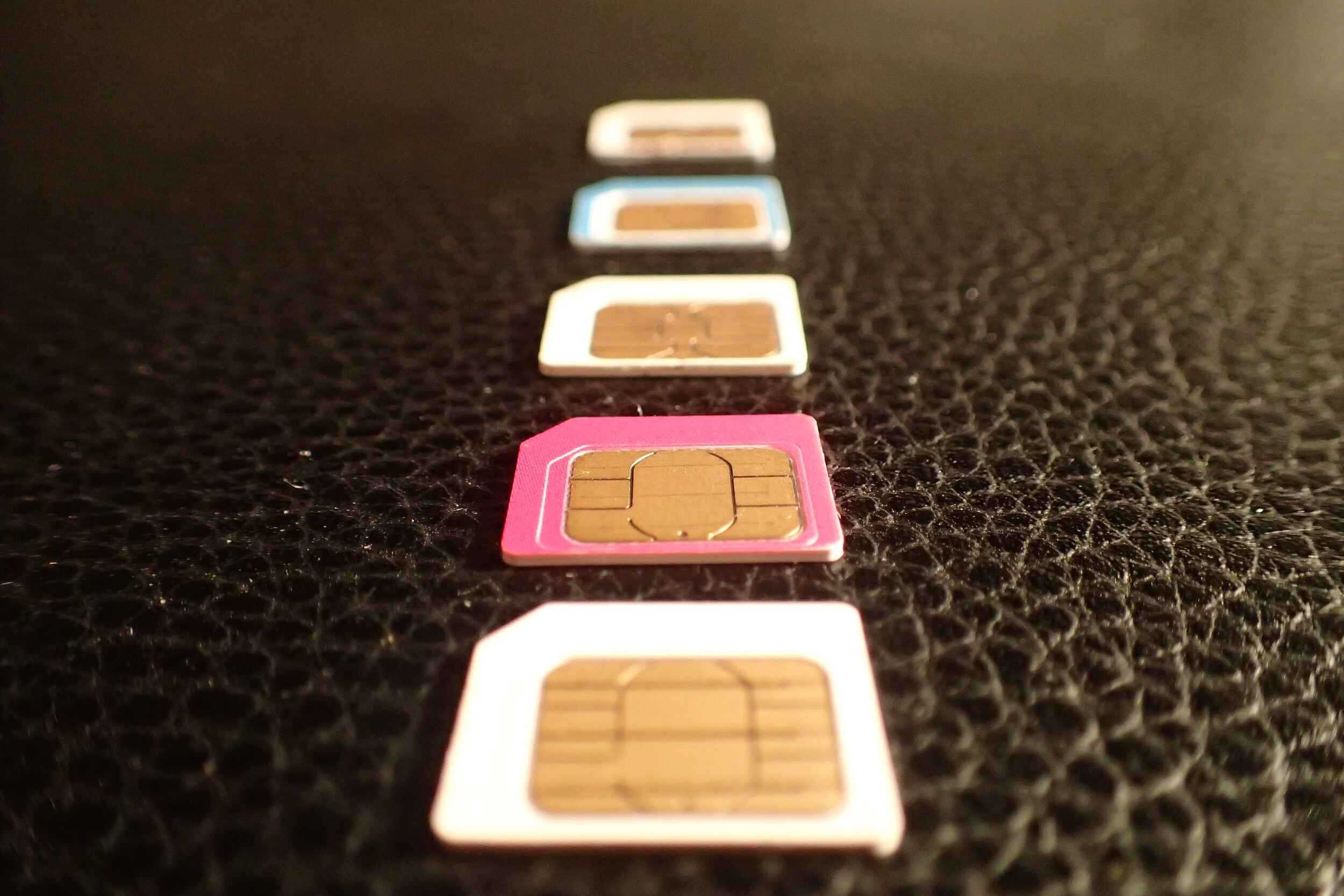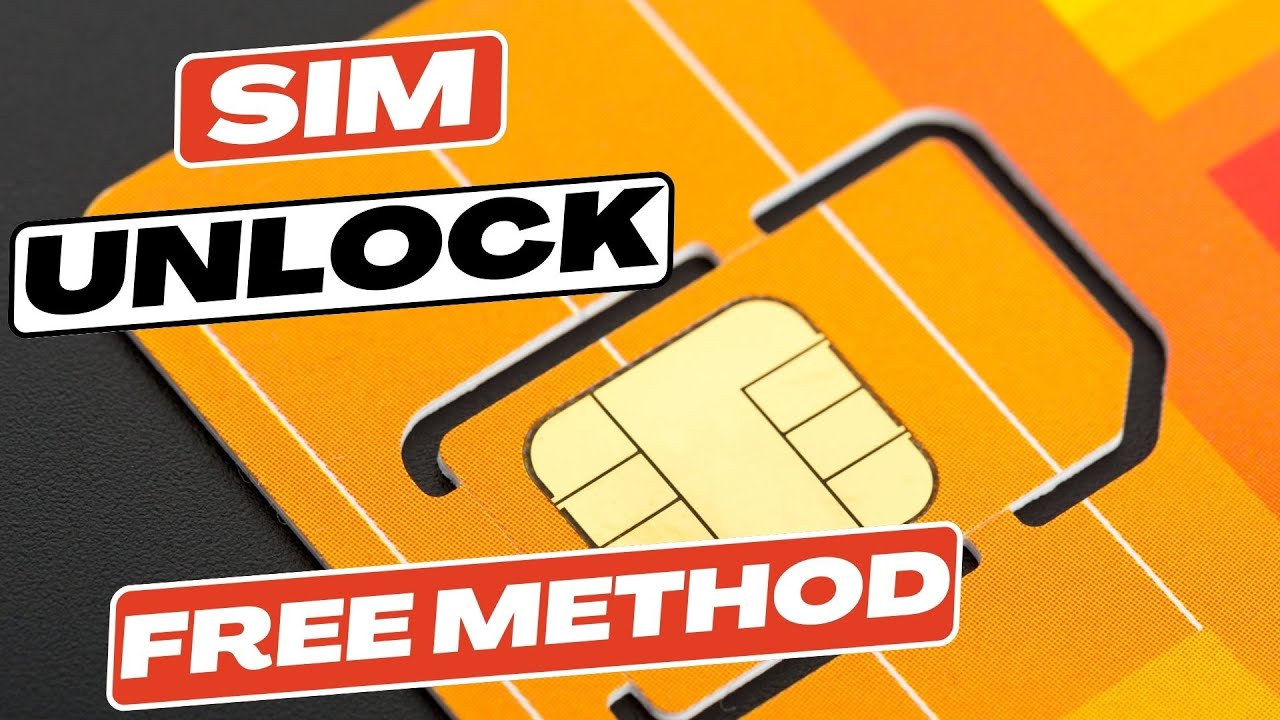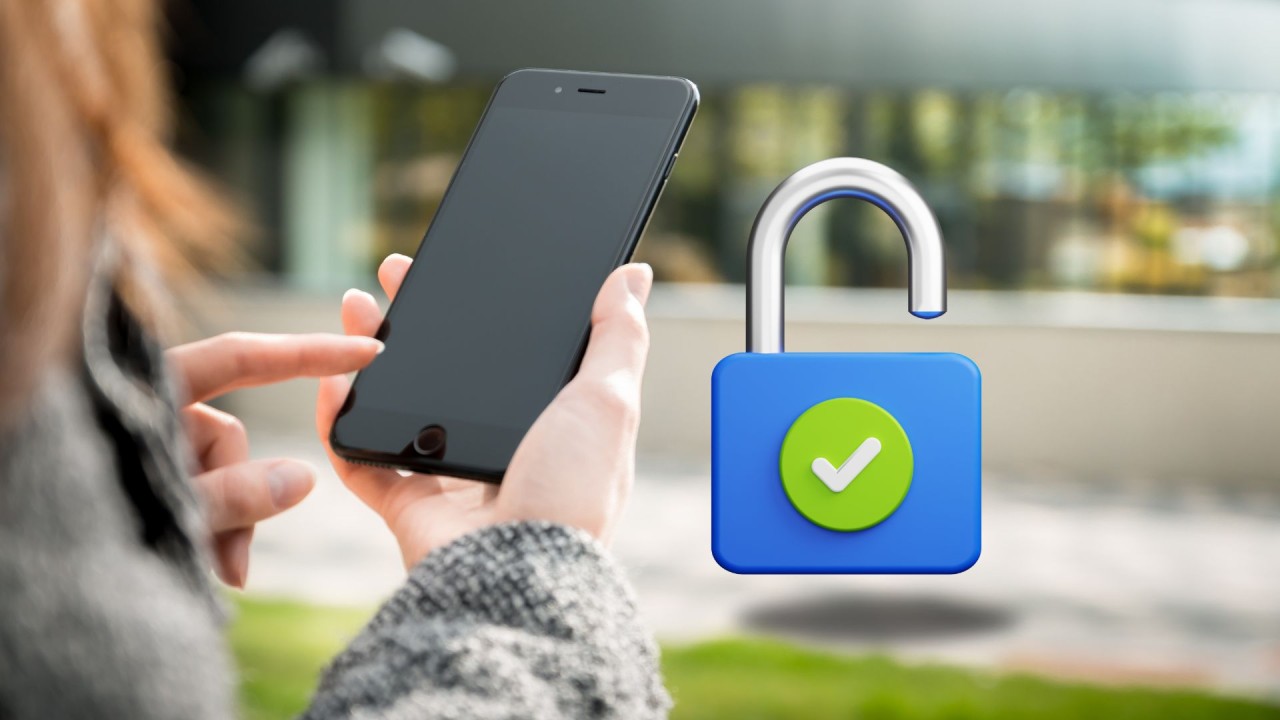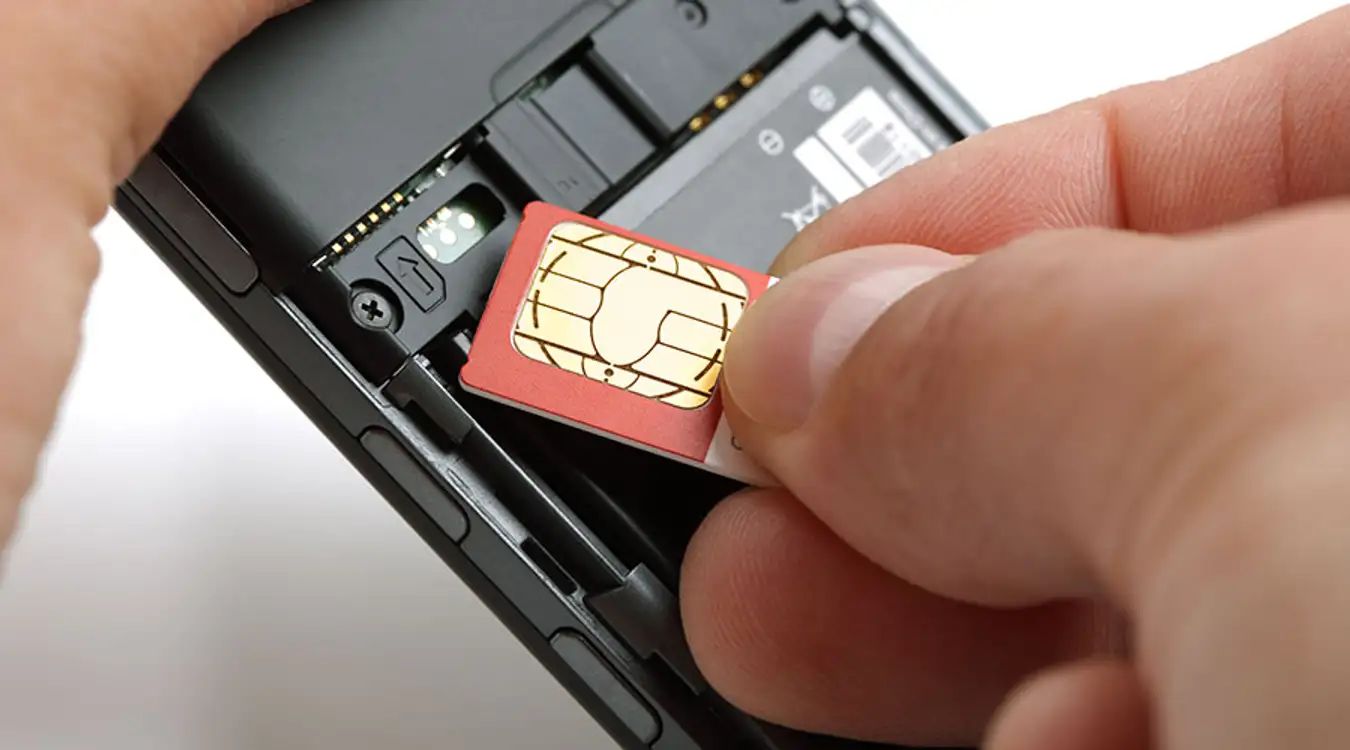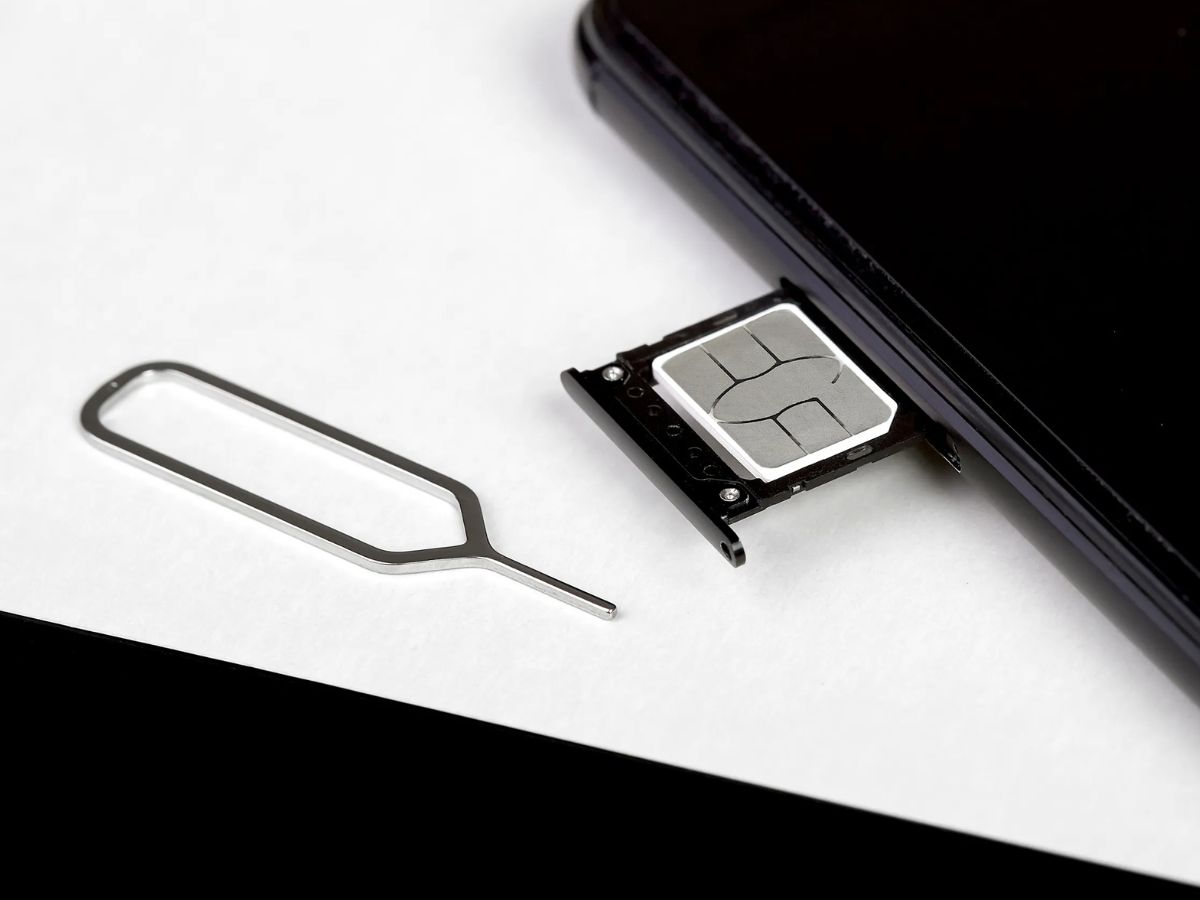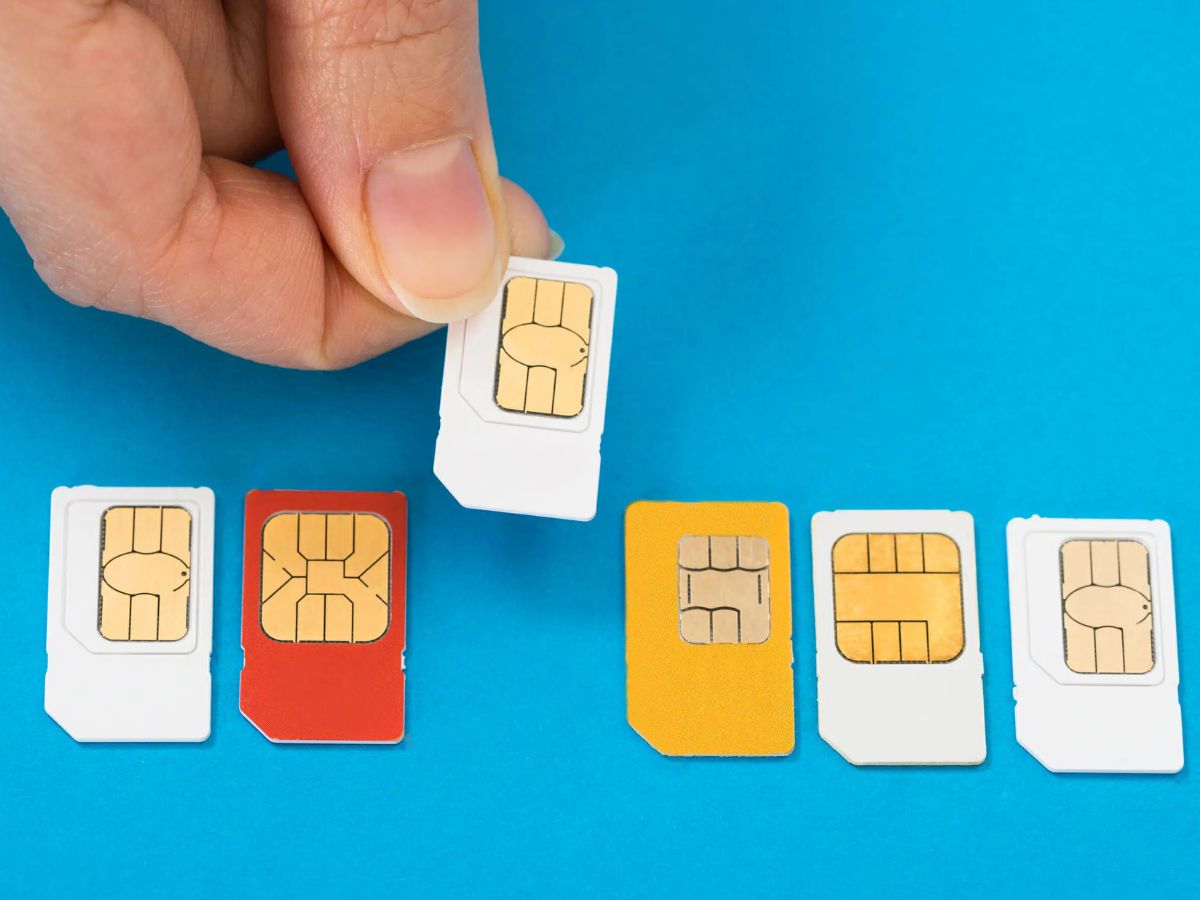Choosing the Right SIM Card for Your Destination
When embarking on a journey abroad, ensuring seamless communication is essential. One of the most vital aspects of this is selecting the right SIM card for your destination. With a plethora of options available, it's crucial to make an informed decision to avoid exorbitant roaming charges and to guarantee uninterrupted connectivity.
Here are some essential tips to consider when choosing a SIM card for your travels:
-
Research Local Providers: Before departing, conduct thorough research on the local mobile network providers at your destination. Identify the ones with the best coverage and service reliability. Often, major carriers offer tourist-specific SIM cards with competitive rates and tailored packages.
-
Compatibility with Your Device: Ensure that the SIM card you choose is compatible with your mobile device. Different regions utilize varying network technologies, such as GSM or CDMA. Verifying compatibility will prevent any issues upon arrival.
-
Data and Call Plans: Evaluate your communication needs and select a SIM card with suitable data and call plans. Some providers offer packages tailored for tourists, including generous data allowances and discounted international calls.
-
Consider Roaming Facilities: If you plan to visit multiple countries, consider a SIM card with favorable roaming facilities. Certain providers offer regional or global roaming packages, allowing you to use the same SIM card across different countries without incurring exorbitant charges.
-
Availability of Value-Added Services: Some SIM cards come with additional perks such as free access to popular messaging apps, local discounts, or complimentary Wi-Fi hotspots. These value-added services can enhance your overall travel experience.
By carefully considering these factors, you can select a SIM card that aligns with your communication needs and budget, ensuring a hassle-free and cost-effective means of staying connected while exploring new destinations.
Understanding Roaming Charges and International Plans
When traveling internationally, understanding roaming charges and international plans is paramount to avoid unexpected expenses and maintain seamless communication. Roaming charges refer to the additional fees incurred when using your mobile device outside of your home country's network coverage. These charges can quickly accumulate, resulting in exorbitant bills upon your return if not managed effectively.
To mitigate the impact of roaming charges, it's essential to explore international plans offered by your home network provider or consider purchasing a local SIM card at your destination. International plans are tailored packages that cater to travelers, providing reduced rates for calls, texts, and data usage abroad. These plans often offer predetermined allowances for a fixed fee, allowing you to budget your communication expenses more effectively.
Many mobile carriers offer international plans with features such as unlimited messaging, discounted call rates, and generous data allowances specifically designed for international travel. By opting for these plans, you can enjoy the convenience of using your existing mobile number while benefiting from cost-effective communication options.
Alternatively, purchasing a local SIM card upon arrival can provide significant savings, especially for extended stays in a foreign country. Local SIM cards typically offer competitive rates for local calls, texts, and data usage. Furthermore, they eliminate the risk of unexpected roaming charges, as you will be using a local network at local rates.
Before departing, it's advisable to contact your home network provider to understand their international roaming charges and available plans. This proactive approach allows you to make an informed decision based on your anticipated usage and budget. Additionally, familiarize yourself with the specific terms and conditions of any international plan to avoid any unforeseen limitations or restrictions.
Understanding the intricacies of roaming charges and international plans empowers travelers to make informed choices that align with their communication needs and financial considerations. Whether opting for an international plan from your home network provider or purchasing a local SIM card, being cognizant of these options ensures a more cost-effective and hassle-free communication experience while exploring new destinations.
Activating and Setting Up Your SIM Card
Activating and setting up your SIM card is a crucial step in ensuring uninterrupted connectivity while traveling abroad. Upon acquiring a new SIM card, whether from your home network provider or a local carrier at your destination, the following steps will guide you through the activation and setup process:
-
Inserting the SIM Card: Carefully insert the SIM card into your mobile device following the manufacturer's guidelines. Most smartphones have a designated slot for SIM card insertion, typically located on the side or top of the device. Ensure the device is powered off before inserting the SIM card to prevent any potential damage.
-
Powering On the Device: Once the SIM card is securely inserted, power on your mobile device. Depending on the device and SIM card, you may be prompted to enter a PIN code. This code is usually provided with the SIM card packaging or can be obtained from the carrier. Entering the correct PIN code is essential to activate the SIM card and access the network.
-
Network Registration: After entering the PIN code, your device will initiate the network registration process. This may take a few moments as the SIM card establishes a connection with the local network. Once registered, your device will display the network signal, indicating successful activation.
-
Configuration Settings: In some cases, your device may require manual configuration settings for data and messaging services. These settings are often provided by the carrier and can be easily configured in the device's settings menu. Alternatively, some SIM cards are pre-configured, requiring no additional setup for basic services.
-
Verification and Testing: To ensure the SIM card is fully functional, make a test call or send a text message. This allows you to verify that voice and messaging services are operational. Additionally, test the data connectivity by accessing a website or using a mobile app to confirm internet access.
-
Top-Up and Balance Check: If your SIM card is preloaded with credit, verify the balance and available services. Some carriers provide a dedicated number or app for checking the balance and topping up credit if needed. Understanding the top-up options ensures continuous access to communication services throughout your travels.
By following these steps, you can seamlessly activate and set up your SIM card, empowering you with the ability to stay connected and informed while exploring new destinations. With a functional SIM card in place, you can confidently navigate your travels with reliable communication at your fingertips.
Managing Data Usage and Top-Up Options
Effectively managing data usage and understanding top-up options is crucial for travelers utilizing a SIM card while abroad. With the increasing reliance on mobile data for navigation, communication, and staying connected, optimizing data usage and ensuring continuous access to services are paramount. Here are essential strategies for managing data usage and exploring top-up options:
Data Monitoring and Usage Optimization
Upon activating your SIM card, it's prudent to monitor data usage regularly. Most smartphones offer built-in features to track data consumption, allowing you to identify which apps and activities consume the most data. By understanding your usage patterns, you can optimize data consumption by restricting background data for certain apps, utilizing Wi-Fi whenever available, and minimizing high-data activities when on mobile networks.
Data-Saving Techniques and App Settings
Many mobile apps and operating systems offer data-saving features that can significantly reduce data usage without compromising functionality. For example, enabling data-saving modes in web browsers, email clients, and social media apps can compress data and limit automatic media downloads. Additionally, adjusting app settings to lower video streaming quality and disabling automatic updates can contribute to substantial data savings.
Roaming Data Packages and Fair Usage Policies
When traveling across multiple countries, it's essential to be aware of roaming data packages offered by your carrier. These packages often provide predetermined data allowances for a fixed fee, ensuring predictable costs and preventing bill shocks. However, it's crucial to familiarize yourself with fair usage policies associated with these packages to avoid potential speed throttling or additional charges for exceeding usage limits.
Top-Up Flexibility and Accessibility
Understanding the top-up options available for your SIM card is essential for uninterrupted connectivity. Many carriers provide convenient methods for topping up credit, such as online portals, mobile apps, retail outlets, and automated kiosks. Familiarizing yourself with these options ensures that you can easily replenish credit and data allowances as needed, allowing you to stay connected without interruption.
Data Management Apps and Alerts
Utilizing data management apps and setting up usage alerts can provide valuable insights into your data consumption and prevent unexpected charges. These apps often offer real-time usage tracking, personalized recommendations for data optimization, and notifications when nearing data limits. By leveraging these tools, you can proactively manage your data usage and avoid exceeding your allocated allowances.
By implementing these strategies and staying informed about top-up options, travelers can effectively manage data usage, avoid bill shocks, and ensure continuous access to essential communication services. With a proactive approach to data management and a clear understanding of top-up facilities, travelers can navigate their journeys with confidence, knowing that their connectivity needs are well-managed.
Troubleshooting Common Issues with SIM Cards Abroad
When utilizing a SIM card abroad, encountering technical challenges is not uncommon. Understanding how to troubleshoot common issues ensures that you can swiftly address any connectivity disruptions and make the most of your mobile experience while traveling. Here are essential steps to troubleshoot and resolve common SIM card issues encountered abroad:
1. Network Registration Problems
If your SIM card fails to register on the local network, start by ensuring that the SIM card is correctly inserted into your device. Additionally, verify that the device is set to the correct network mode, such as 4G or 3G, to align with the available network coverage. Restarting the device or manually selecting the network operator in the device settings can often resolve registration issues.
2. No Data Connectivity
When experiencing difficulties accessing mobile data, check your device's APN settings to ensure they align with the configuration provided by the carrier. Additionally, confirm that data roaming is enabled in your device settings, allowing you to utilize data services on foreign networks. If the issue persists, contacting the carrier's customer support for specific data troubleshooting guidance is advisable.
3. Inability to Make Calls or Send Texts
If you encounter challenges with making calls or sending texts, verify that the device is set to the correct network mode for voice services. Ensure that the SIM card is activated and has sufficient credit for usage. If the issue persists, restarting the device or manually selecting the network operator can help re-establish voice and messaging connectivity.
4. Balance Deduction or Unexpected Charges
In the event of unexpected balance deductions or charges, review your usage history to identify any unauthorized or unintended activities. It's essential to be aware of potential premium service subscriptions or inadvertent data usage that may result in unexpected charges. Contacting the carrier's customer support to dispute unauthorized charges and seek clarification on usage details is crucial in resolving billing discrepancies.
5. SIM Card Compatibility Issues
If you encounter compatibility issues with your SIM card and device, ensure that the SIM card is designed for the network technology utilized in the destination country. For example, some regions predominantly use GSM networks, while others rely on CDMA technology. Verifying compatibility and acquiring a suitable SIM card can address issues related to network technology disparities.
By familiarizing yourself with these troubleshooting strategies, you can effectively address common SIM card issues encountered while traveling abroad. Proactively resolving connectivity challenges ensures that you can make the most of your mobile communication and data services, enhancing your overall travel experience.







